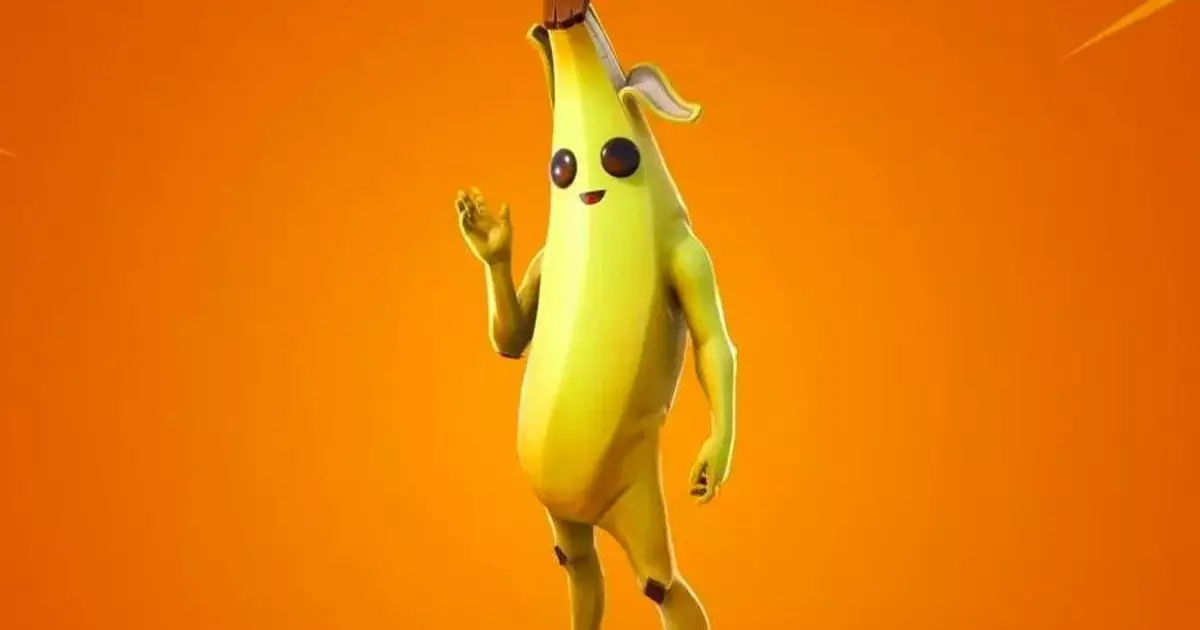Fortnite, the popular battle royale game, is set to introduce a feature that allows players to hide certain emotes that are deemed to be “sometimes used in confrontational ways”. This decision raises questions about player behavior and the underlying psychological factors at play.
The emote causing the most concern is “Laugh It Up”, which has been identified as the most-used emote in Fortnite’s history. This emote is often used as a post-kill taunt, showcasing a lack of sportsmanship and potentially provoking anger in other players. By allowing players to hide this emote, developers are acknowledging the negative impact it can have on the gaming experience.
Confrontational Emotes
In addition to “Laugh It Up”, three other emotes have been classified as “confrontational” and will be included in the hidden emotes feature. These emotes, including “Take the L”, “Whipcrack”, and “Make It Plantain”, all share a common theme of evoking humiliation and suggestiveness. This highlights the role of taunting and provocation in online gaming dynamics.
The use of taunting emotes and gestures in online games can trigger negative emotions and escalate conflicts between players. The concept of “teabagging”, a form of dominance display in multiplayer first-person shooters, exemplifies the potential for taunting to incite irritability and hostility among players. This behavior reveals the darker side of competitive gaming and the complex dynamics of communication in virtual environments.
While hiding confrontational emotes may mitigate some of the toxicity in Fortnite, it raises the question of whether this is a sustainable solution. The underlying issue of aggressive behavior and unsportsmanlike conduct in online gaming extends beyond emotes and gestures. Developers must consider broader strategies for promoting positive interactions and minimizing negative experiences for players.
Fortnite’s emotes have not been without controversy, as some have led to lawsuits from dance move creators. These legal battles highlight the complexities of intellectual property rights in the digital age and the blurred lines between virtual entertainment and real-world creativity. The intersection of gaming culture and legal disputes underscores the evolving landscape of digital media and its impact on various industries.
The introduction of a feature to hide confrontational emotes in Fortnite sheds light on the behavioral dynamics of online gaming and the role of taunting in virtual interactions. Understanding the psychological factors driving player behavior is essential for creating a positive gaming environment and fostering healthy communication among participants. As developers continue to navigate the challenges of toxicity and conflict in gaming communities, addressing underlying issues with empathy and innovation will be crucial for promoting a more inclusive and enjoyable gaming experience for all.


Leave a Reply
You must be logged in to post a comment.